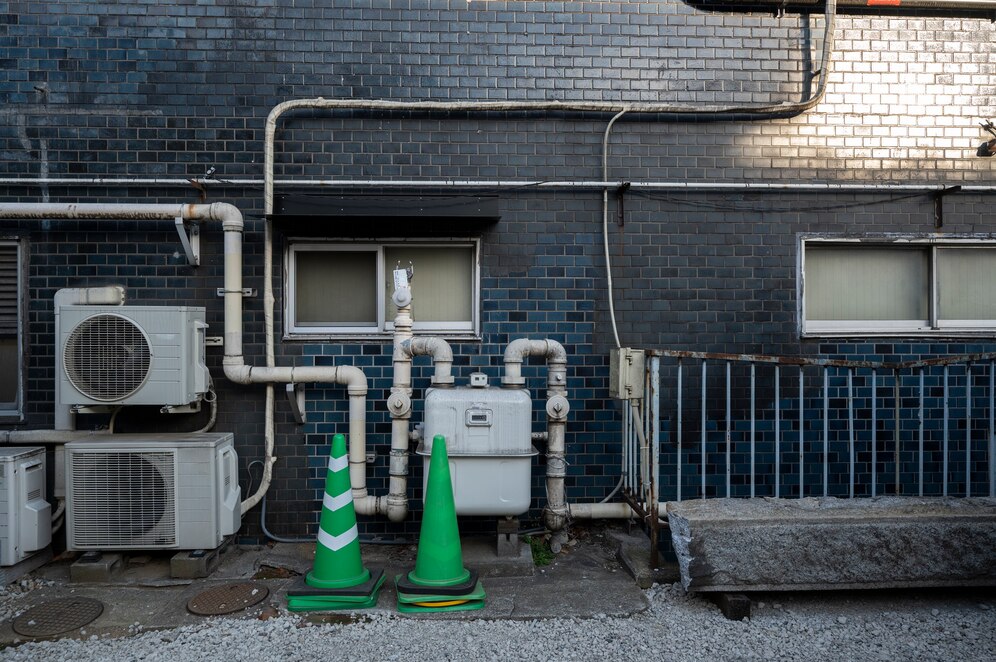When undertaking a basement renovation in Burlington, one common question homeowners face is whether to install a sump pump, especially if they are planning to convert the space into a finished basement. A finished basement adds tremendous value to your home by providing extra living space, but it also comes with its own set of maintenance concerns—chief among them is protecting the basement from water damage.
Sump pumps can be an essential feature in finished basements, especially if your home is prone to water intrusion. In this article, we’ll explore why a sump pump may be necessary for your finished basement and how it plays a critical role in keeping your space dry and safe.
What is a Sump Pump?
A sump pump is a device that collects and pumps water out of your basement, typically from an area known as the sump pit. The pump activates when water levels in the sump pit reach a certain point, preventing flooding and water damage by redirecting excess water away from your home’s foundation.
Sump pumps are commonly used in basements and crawl spaces where the risk of water seepage from groundwater or heavy rains is high. These pumps are vital in preventing water accumulation that can lead to structural damage, mold growth, and ruined belongings.
Why Would You Need a Sump Pump in a Finished Basement?
A finished basement can be a cozy retreat, guest suite, or entertainment hub. However, basements are the lowest point in your home, making them particularly vulnerable to water damage. Here’s why having a sump pump in your finished basement is a wise investment:
- Water Intrusion Risk: Burlington’s weather, with its mix of heavy rainfall and snowy winters, increases the risk of water intrusion into your basement. Even if your basement is finished and appears watertight, hydrostatic pressure can force water into your basement through cracks in the foundation or floor. A sump pump acts as a protective barrier by diverting water before it reaches your finished basement.
- Protecting Your Investment: Finishing a basement is a significant financial investment. You’ll likely be adding flooring, drywall, electrical systems, and furnishings. Any water damage could destroy all of these features and cost you thousands in repairs. Installing a sump pump helps protect your finished basement from unexpected water damage, ensuring your investment is secure for years to come.
- Mold Prevention: One of the biggest risks of water intrusion in a finished basement is the potential for mold growth. Mold thrives in damp, dark spaces, and a finished basement can quickly become a breeding ground if moisture is not controlled. By installing a sump pump, you ensure that water is promptly removed from your basement, reducing the risk of mold and mildew.
- Peace of Mind: Knowing that your finished basement is protected from potential water damage provides peace of mind. You won’t have to constantly worry about leaks or flooding when heavy rains or snowmelt occur. A sump pump automatically activates when water is detected, giving you confidence that your basement will remain dry, even during extreme weather events.
Factors to Consider When Installing a Sump Pump
If you’re planning a basement renovation in Burlington and are considering a sump pump, there are a few important factors to keep in mind:
- Type of Sump Pump: There are two main types of sump pumps: pedestal and submersible. A pedestal sump pump sits above the sump pit, making it easier to service but more visible. A submersible sump pump is installed inside the pit, making it quieter and more discreet. Submersible pumps are generally preferred for finished basements due to their quieter operation and ability to handle more water.
- Battery Backup System: Sump pumps rely on electricity to operate, but storms often lead to power outages. Installing a battery backup system ensures that your sump pump continues to function during a power outage. This backup system can be a lifesaver during heavy rains, preventing flooding even when the power is out.
- Maintenance: Like any mechanical system, sump pumps require regular maintenance to ensure they are functioning properly. It’s important to check the pump periodically, clean the sump pit, and test the system to make sure it’s ready when needed. If you’re renovating your basement, make sure to schedule routine sump pump inspections to protect your space long-term.
- Waterproofing Measures: In addition to a sump pump, it’s a good idea to consider additional waterproofing measures for your finished basement. Sealing the foundation walls and installing a drainage system can provide added protection against water intrusion, creating a comprehensive system that keeps your basement dry.
Is a Sump Pump Always Necessary?
While installing a sump pump is highly recommended for most finished basements, there are certain cases where it might not be absolutely necessary. For example, if your home is built on high ground with excellent drainage and no history of water issues, you might be able to skip the sump pump. However, it’s important to weigh the risks carefully. Water issues can develop over time, and what might not be a problem today could turn into one in the future.
Conclusion
When planning a basement renovation in Burlington, installing a sump pump is one of the most effective ways to protect your finished basement from water damage. Burlington’s climate, combined with the natural vulnerability of basements to water intrusion, makes it a wise choice for most homeowners. A sump pump provides peace of mind, protects your financial investment, and helps prevent issues like mold growth. By considering this crucial feature in your renovation, you can enjoy your finished basement without worrying about the risks of flooding.
